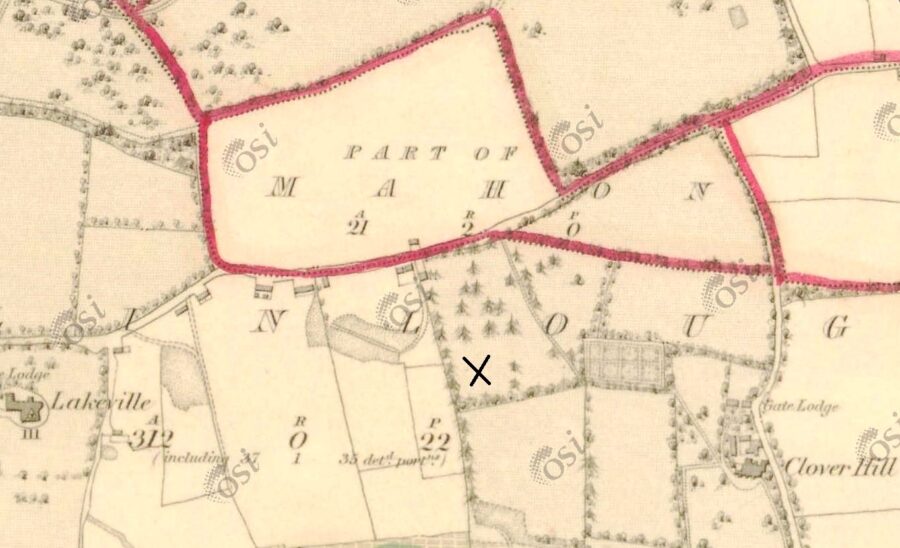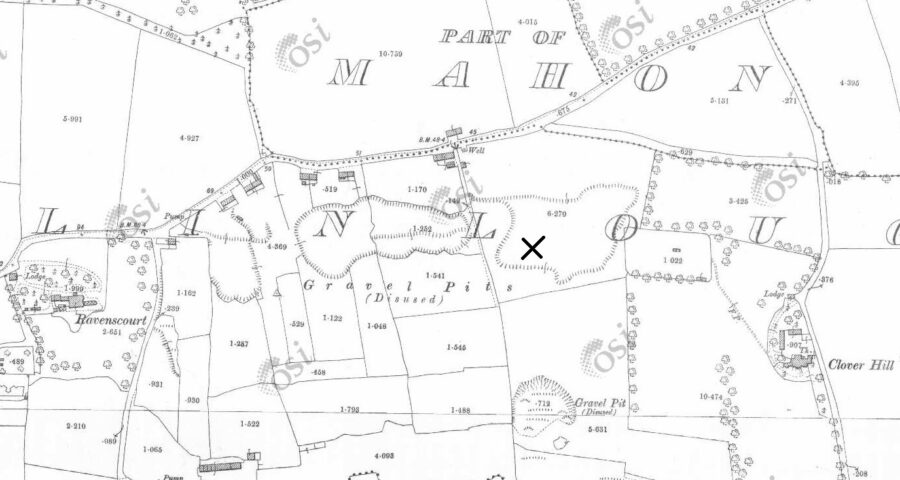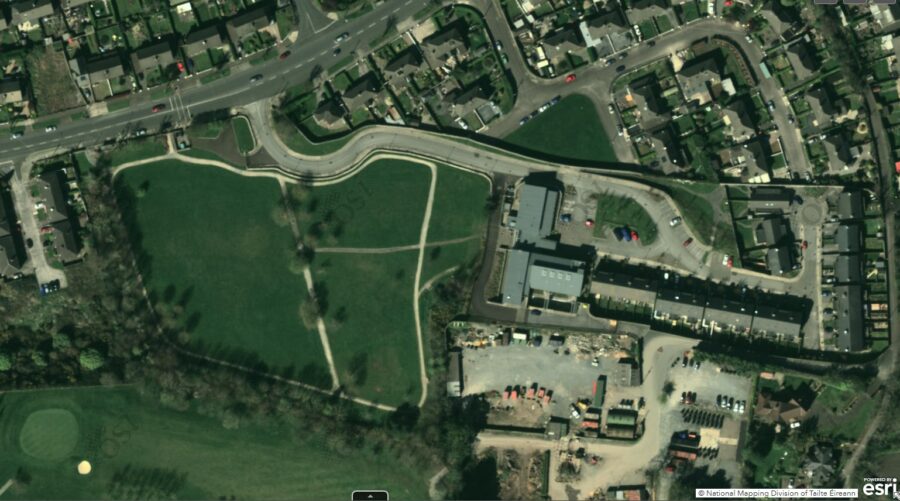
Clover Hill Park is a small niche park but it once use to be part of the estate of the historic Clover Hill House – as a sand and gravel quarry.
In the Middle Ages, the Meade family had a castellated mansion somewhere near the present day Clover Hill House. During the Cromwellian wars, Patrick Meade was dispossessed of his property. William Tucker had the caretaker’s lease on the property through Oliver Cromwell. Subsequently, the 144 acres were given to Alexander Pigott.
The Pigotts came from Chetwynd in Shropshire and initially came to Ballyginnane beyond present day Togher. In time, they re-named this area Chetwynd, an area which today has the ruinous viaduct for the old Cork Bandon and South Coast Railway. Colonel William Piggott was in Oliver Cromwell’s army and was rewarded further with land across Cork’s southern hinterland. Indeed, in the early 1660s, the population of Ballinlough was recorded in a census as having 30 souls. William Tucker was recorded as an English gent and titulador or caretaker of sorts of the townland.
By the mid-nineteenth century Charles O’Connell was the owner of new Clover Hill house and also operated Skehard Brick Works.
On the early nineteenth century ordnance survey map of 1840, the existing Clover Hill park is the site of a garden with trees.

By 1890 the site is marked as a major sand and gravel pit. Sand and gravel were used in the manufacture of brick – a reference marked on Ordnance Survey maps as Brickfields.

Sand from Clover Hill was used by Messrs. Meagher & Hayes, Travers Street, when housebuilding at Capwell and Turners Cross in the late 1920s. Sand from Clover Hill was also used during the building of Christ the King Church in 1931 and the Savoy Cinema a year later.
The last major user of Ballinlough sand were the O’Neills of Drimoleague in the 1970s. The present day Bricklands Apartment complex on Skehard Road refers to the former industry.
In the late nineteenth century the O’Connell family owned 27 ½ acres on both sides of the Skehard Road (where Hettyfield Lane feeds the Skehard Road). In the 1970s, these lands were acquired by Cork Corporation. On the southern side, Mahon Golf Course was constructed as well as Skehard Road Park.
Post the O’Connell family were successive owners of Clover Hill house such as Andrew O’Shaughnessy, proprietor of the Dripsey Woollen Mills, Edward Wallis Hoare, a veterinary surgeon at 18 Cook Street, Timothy Morrisey, a butcher at Cork’s English Market, M. Morrisey, butcher in Blackrock, and Dr. John Kelly. The house is now The Blackrock Inn.

Read about Douglas Community Park here, 13. Douglas Community Park | Cllr. Kieran McCarthy